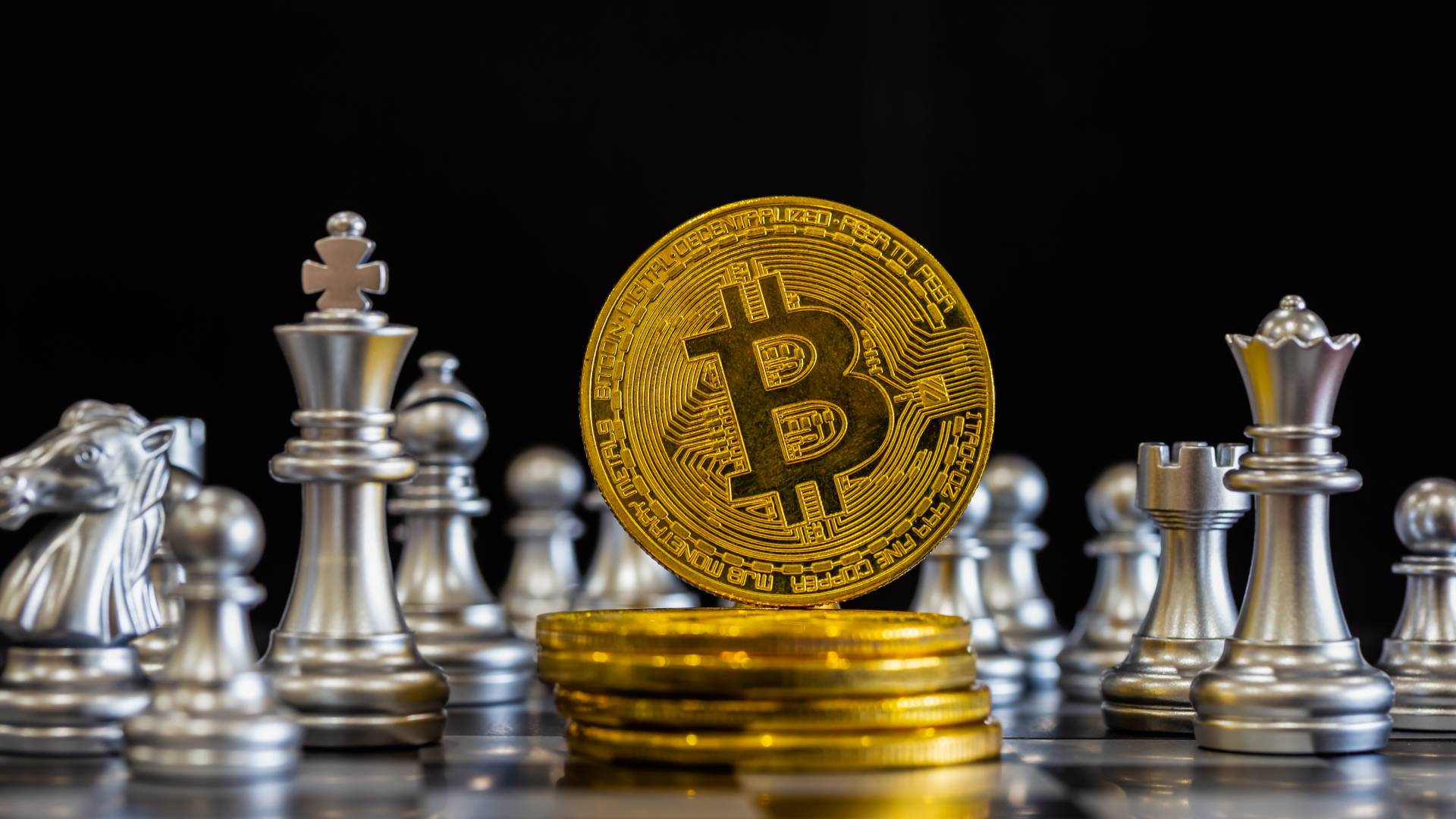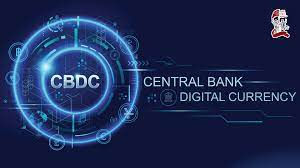BLOCKCHAIN: A PANACEA TO KENYA’S PROCUREMENT ILLS
- Leonard Tajeu

- May 29, 2021
- 4 min read

Blockchain can serve a unique role in preventing government corruption. On the simplest level, blockchains are public ledgers that record transactions shared among many users. Once data is entered on a blockchain, it is secure and unalterable and provides a permanent record.
The high level of security comes from the storage of data in encrypted blocks that are decentralized or stored on a network of computers worldwide. This combination of encryption and decentralization ensures that data is practically impenetrable. Its technology offers a singular combination of permanent and tamper-evident record-keeping, real-time transaction transparency, auditability, and automated smart contract functionality. It guarantees the secure exchange of value without the need for a central authority, such as a government, bank, or other financial institutions.
Procurement in Kenya
The procurement process is one of the most corrupt processes in government. Scandal after scandal has occurred, ranging from the NYS scandal to the more recent KEMSA scandal. Blockchain technology can help the government with shifting the focus from post-hoc inquiries, investigations, and endless commissions to the prevention of corruption and the loss of billions of shillings in public procurement. The blockchain platform may make public procurement more efficient, transparent, and less susceptible to corruption. For instance, blockchain makes it more difficult to remove records of bids and public comments or to alter bid or tender offers once submitted. This decentralized decision-making, oversight, and record-keeping enhances transparency and devolves power away from authorities prone to corruption.
With blockchain technology, all transactions or “blocks” in the “chain” are irrefutable and protected from deletion, tampering, and revision. Blockchain creates an immutable trail of information, allowing full traceability of every transaction. It is therefore easy to determine its origin and how and where the funds were/are distributed. It is thus much more difficult to transfer funds to an unauthorized source.
The use of public “keys” by government departments and a public ledger would make the distribution of public funds much more transparent. It would revolutionize procurement by making it completely transparent, with details of the people who approved every step of the process so that taxpayers will be able to see exactly where the money goes and how the procurement process occurred. This information would be available for citizens to peruse award
information by monetary value, date, recipient, and region, e.t.c.
Blockchain could also assist in automating the transfer of funds through certain necessary “checks” that would allow only certain transactions to take place, such as a predetermined amount of funds that can be transferred only to a previously accredited supplier. Blockchain is also valuable when used in supply chain monitoring and management and can assist with tracking, traceability, provenance, and the enhanced efficiency of the system.
International Examples
In July 2018, Nigeria’s customs service adopted blockchain technology — a digital ledger where financial transactions can be remotely stored and shared on multiple computer networks — confident that it will increase revenues by 50 percent by reducing corruption. In Ghana, where a majority of landowners are unregistered and lack title deeds, a local blockchain startup, Bitland, is working with local communities, using a digital ledger to build permanent and trackable land records. In Ethiopia, the government uses blockchain to monitor the supply chain of its signature crop, coffee, to ensure that farmers earn what they deserve by eliminating corrupt middlemen. This isn’t a fad, say experts, but a nod to the transformative potential of a technology that many African nations believe can help them leapfrog earlier tech transitions they’ve missed.
“Blockchain creates an immutable trail of information, allowing for the full traceability of every transaction,” says Dalton Kisanga, a Professor of Informatics at Dar es Salaam Institute of Technology.
The use of blockchain to curb corruption is, of course, not restricted to Africa. The United Nations has started to advocate the technology at relief camps for refugees to reduce the pilfering of food and other resources. Starbucks has started a pilot project in the coffee world that lets farmers in Costa Rica, Colombia, and Rwanda track their beans. British and Canadian governments are eyeing blockchain to store and manage all their databases of grants, student loans, and public money spending. It will foster a culture of trust amongst their citizens.
No other part of the world needs an unconventional fix to corruption the way Africa does, with repeated failures to end it. According to Transparency International, 36 out of the 80 countries perceived as most corrupt are in Africa. Here in Kenya, it is estimated that a third of the country’s budget, approximately $6 billion, is lost to corruption annually.
No technology, including blockchain, can eliminate corruption risk from certain human activities that occur outside the electronic platform, such as bribery or collusion. Cultural change, informed policy-making, and sustained political buy-in are essential to reduce corruption in procurement meaningfully. Opening up the conversation about integrating blockchain into government systems will be a small step but will open the door to more discussions about how to bring about transparency in government functions. As Mike Glenn said: big visions are realized through small steps.
“We can not solve our problems with the same level of thinking that created them.”
Albert Einstein



Comments